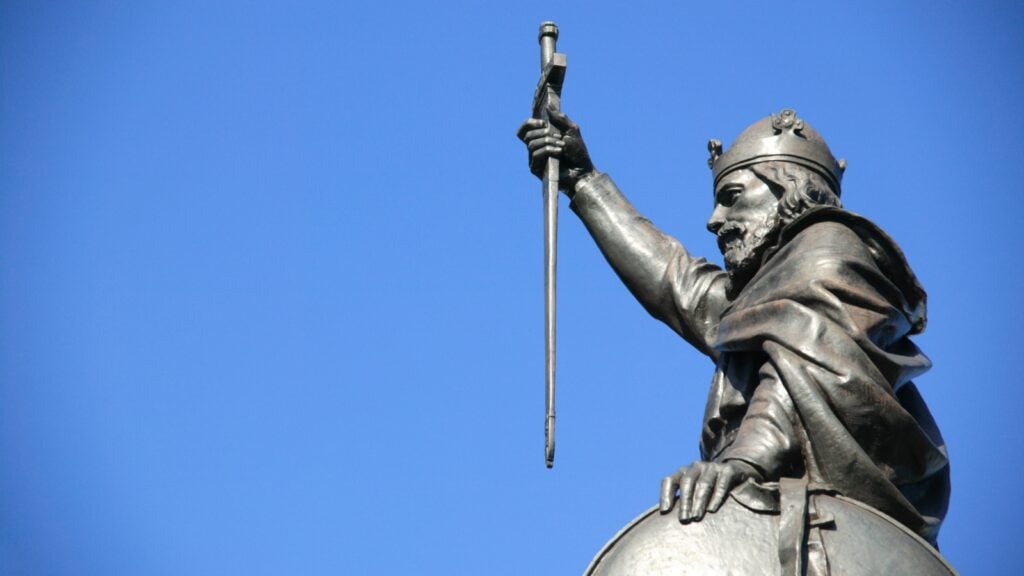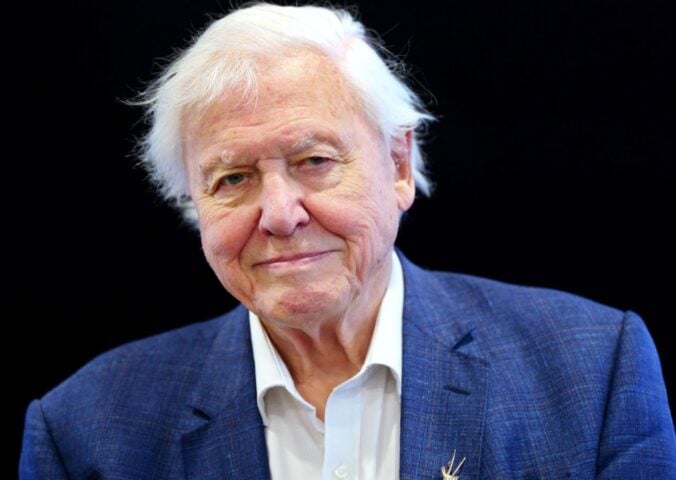When you picture a medieval banquet, it’s likely you imagine lots and lots of meat. Kings, queens, lords, and knights washing down roasted pig, pigeon, pheasant, mutton, and more with ale and wine. These meat-heavy feasts certainly did take place in the early medieval period. But new research suggests that the rest of the time, Anglo-Saxons likely followed a more flexitarian approach to food—even the kings.
Researchers at Cambridge University recently analyzed more than 2,000 skeletons to figure out what kind of diets people during this period were following. To assess social standing, they looked at the type of grave goods they were buried with, and where they were buried. The conclusion: even society’s richest and most powerful were eating a predominantly vegetarian diet.
Dr. Sam Legget, a bioarchaeologist, led the study. They explained that while meat was in abundance at feasts (which they know from the examination and translation of royal food lists), this wasn’t common every day of the year.
A flexitarian approach to diet
“We would find isotopic evidence of excess protein and signs of diseases like gout from the bones. But we’re just not finding that,” Legget told the BBC.
Gout is a form of arthritis. Symptoms occur when there is too much uric acid in the blood, causing a “gout attack” (the sudden, severe, and very painful swelling of joints). Organ meat and red meat often trigger symptoms for people with gout, because when digested, the purine content in these foods causes the body to make uric acid.
Anyone can get gout. But, in the past, it has been dubbed “the disease of kings” (likely due to the expensive food and drink that exacerbated the symptoms). But this wasn’t the case for the Anglo-Saxons.
“The isotopic evidence suggests that diets in this period were much more similar across social groups than we’ve been led to believe,” said Legget. “We should imagine a wide range of people livening up bread with small quantities of meat and cheese, or eating pottages of leeks and whole grains with a little meat thrown in.”
It’s not so dissimilar from how many people are living their lives now. Last year, one study found that more than half of young Americans describe themselves as flexitarian (meaning they are actively reducing their meat intake). And another 2020 study concluded that people in Europe are rapidly reducing their meat consumption too.
Now, research suggests that a reduced intake of animal products may ease the pain of arthritis and reduce the risk of chronic diseases, like heart disease and certain types of cancer.






